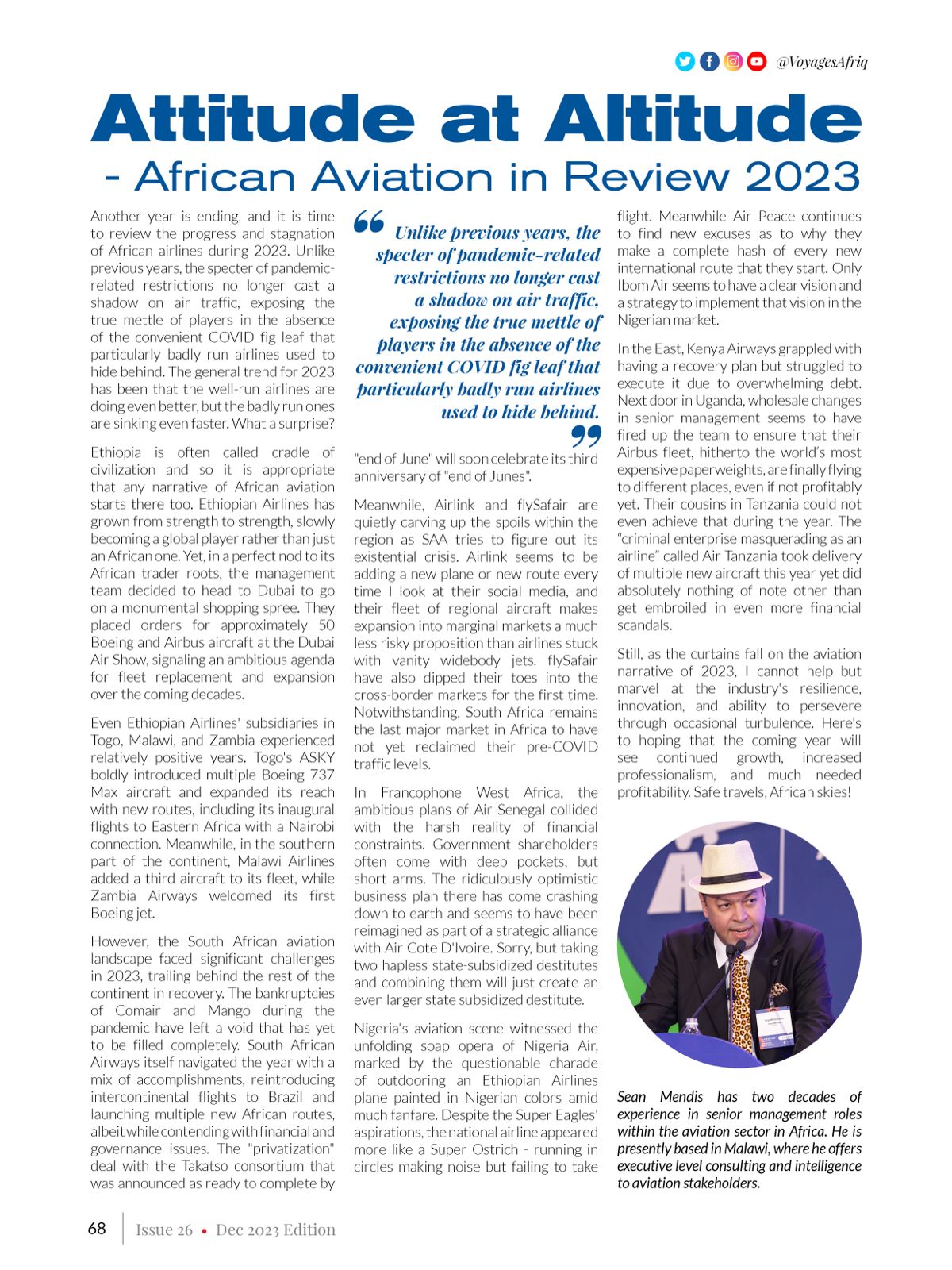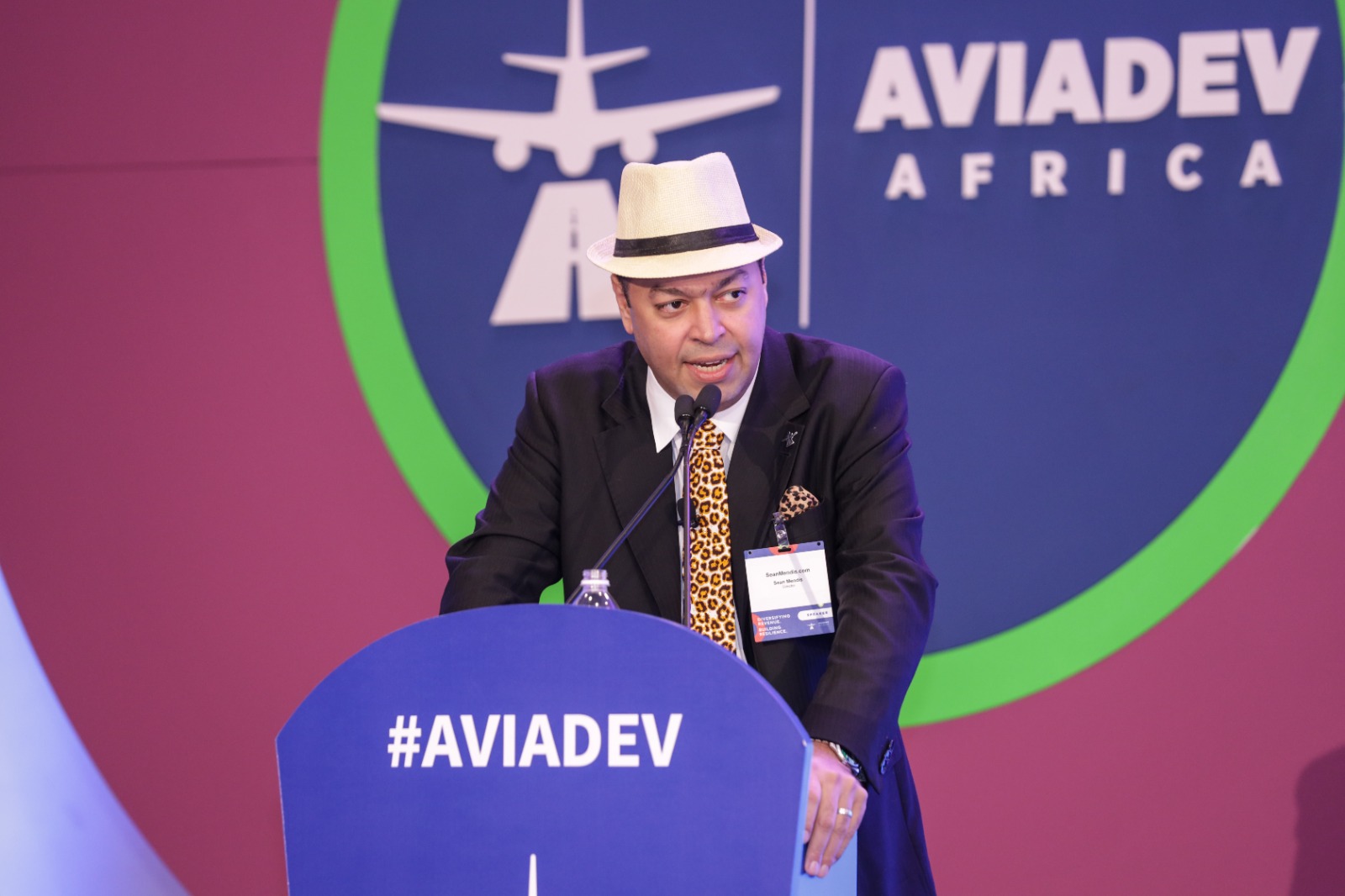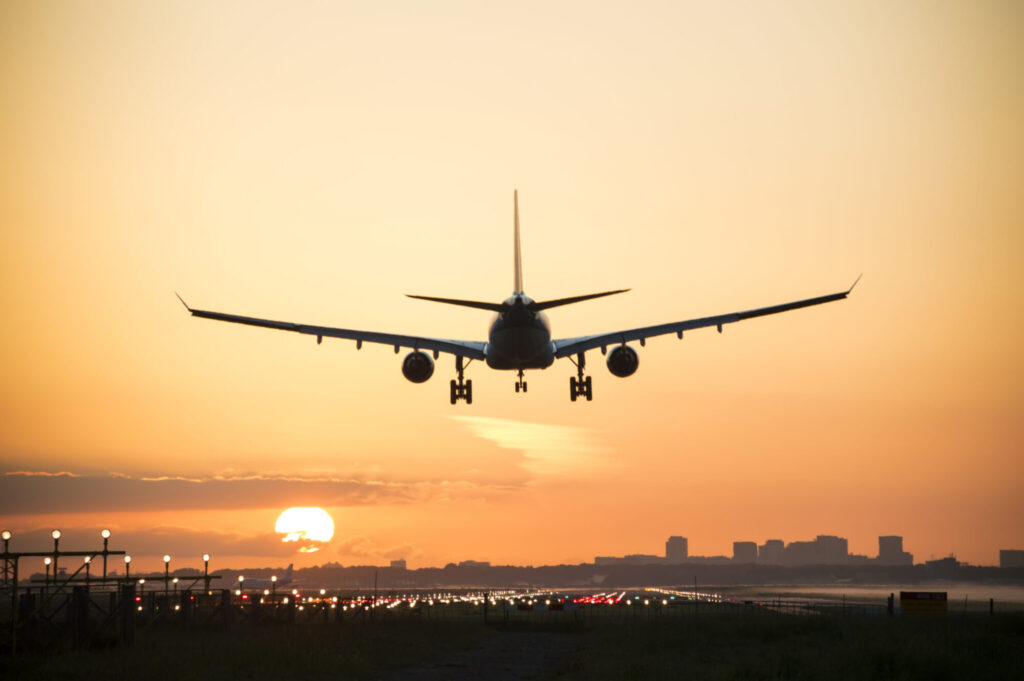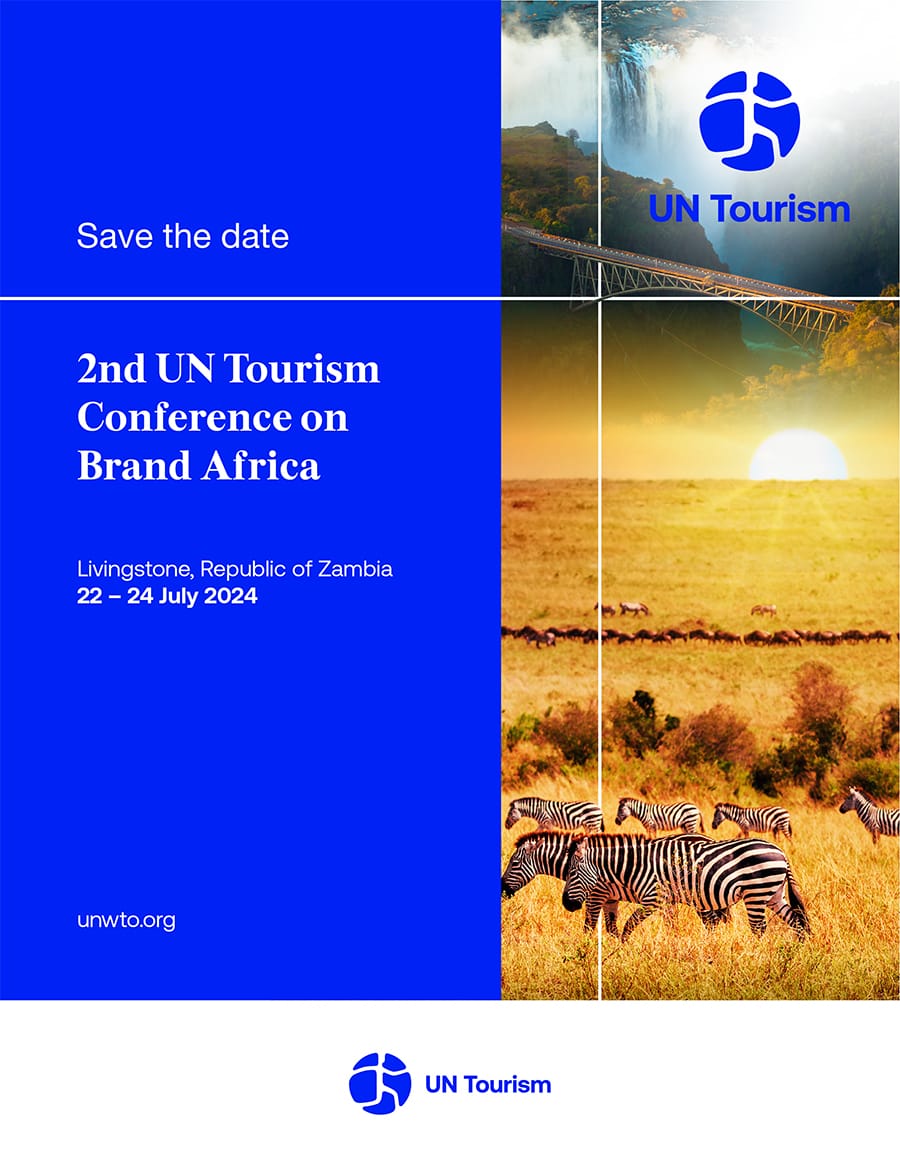Another year is ending, and it is time to review the progress and stagnation of African airlines during 2023. Unlike previous years, the specter of pandemic-related restrictions no longer cast a shadow on air traffic, exposing the true mettle of players in the absence of the convenient COVID fig leaf that particularly badly run airlines used to hide behind. The general trend for 2023 has been that the well-run airlines are doing even better, but the badly run ones are sinking even faster. What a surprise?
Ethiopia is often called cradle of civilization and so it is appropriate that any narrative of African aviation starts there too. Ethiopian Airlines has grown from strength to strength, slowly becoming a global player rather than just an African one. Yet, in a perfect nod to its African trader roots, the management team decided to head to Dubai to go on a monumental shopping spree. They placed orders for approximately 50 Boeing and Airbus aircraft at the Dubai Air Show, signaling an ambitious agenda for fleet replacement and expansion over the coming decades.
Even Ethiopian Airlines’ subsidiaries in Togo, Malawi, and Zambia experienced relatively positive years. Togo’s ASKY boldly introduced multiple Boeing 737 Max aircraft and expanded its reach with new routes, including its inaugural flights to Eastern Africa with a Nairobi connection. Meanwhile, in the southern part of the continent, Malawi Airlines added a third aircraft to its fleet, while Zambia Airways welcomed its first Boeing jet.
However, the South African aviation landscape faced significant challenges in 2023, trailing behind the rest of the continent in recovery. The bankruptcies of Comair and Mango during the pandemic have left a void that has yet to be filled completely. South African Airways itself navigated the year with a mix of accomplishments, reintroducing intercontinental flights to Brazil and launching multiple new African routes, albeit while contending with financial and governance issues. The “privatization” deal with the Takatso consortium that was announced as ready to complete by “end of June” will soon celebrate its third anniversary of “end of Junes”.

Meanwhile, Airlink and flySafair are quietly carving up the spoils within the region as SAA tries to figure out its existential crisis. Airlink seems to be adding a new plane or new route every time I look at their social media, and their fleet of regional aircraft makes expansion into marginal markets a much less risky proposition than airlines stuck with vanity widebody jets. flySafair have also dipped their toes into the cross-border markets for the first time. Notwithstanding, South Africa remains the last major market in Africa to have not yet reclaimed their pre-COVID traffic levels.
In Francophone West Africa, the ambitious plans of Air Senegal collided with the harsh reality of financial constraints. Government shareholders often come with deep pockets, but short arms. The ridiculously optimistic business plan there has come crashing down to earth and seems to have been reimagined as part of a strategic alliance with Air Cote D’Ivoire. Sorry, but taking two hapless state-subsidized destitutes and combining them will just create an even larger state subsidized destitute.
Nigeria’s aviation scene witnessed the unfolding soap opera of Nigeria Air, marked by the questionable charade of outdooring an Ethiopian Airlines plane painted in Nigerian colors amid much fanfare. Despite the Super Eagles’ aspirations, the national airline appeared more like a Super Ostrich – running in circles making noise but failing to take flight. Meanwhile Air Peace continues to find new excuses as to why they make a complete hash of every new international route that they start. Only Ibom Air seems to have a clear vision and a strategy to implement that vision in the Nigerian market.

In the East, Kenya Airways grappled with having a recovery plan, but struggled to execute it due to overwhelming debt. Next door in Uganda, wholesale changes in senior management seems to have fired up the team to ensure that their Airbus fleet, hitherto the world’s most expensive paperweights, are finally flying to different places, even if not profitably yet. Their cousins in Tanzania could not even achieve that during the year. The “criminal enterprise masquerading as an airline” called Air Tanzania took delivery of multiple new aircraft this year yet did absolutely nothing of note other than get embroiled in even more financial scandals.
Still, as the curtains fall on the aviation narrative of 2023, I cannot help but marvel at the industry’s resilience, innovation, and ability to persevere through occasional turbulence. Here’s to hoping that the coming year will see continued growth, increased professionalism, and much needed profitability. Safe travels, African skies!
Sean Mendis has two decades of experience in senior management roles within the aviation sector in Africa. He is
presently based in Malawi, where he offers executive level consulting and intelligence to aviation stakeholders.
This Article was first published in the December 2023 Issue 026 of VoyagesAfriq Travel Magazine








